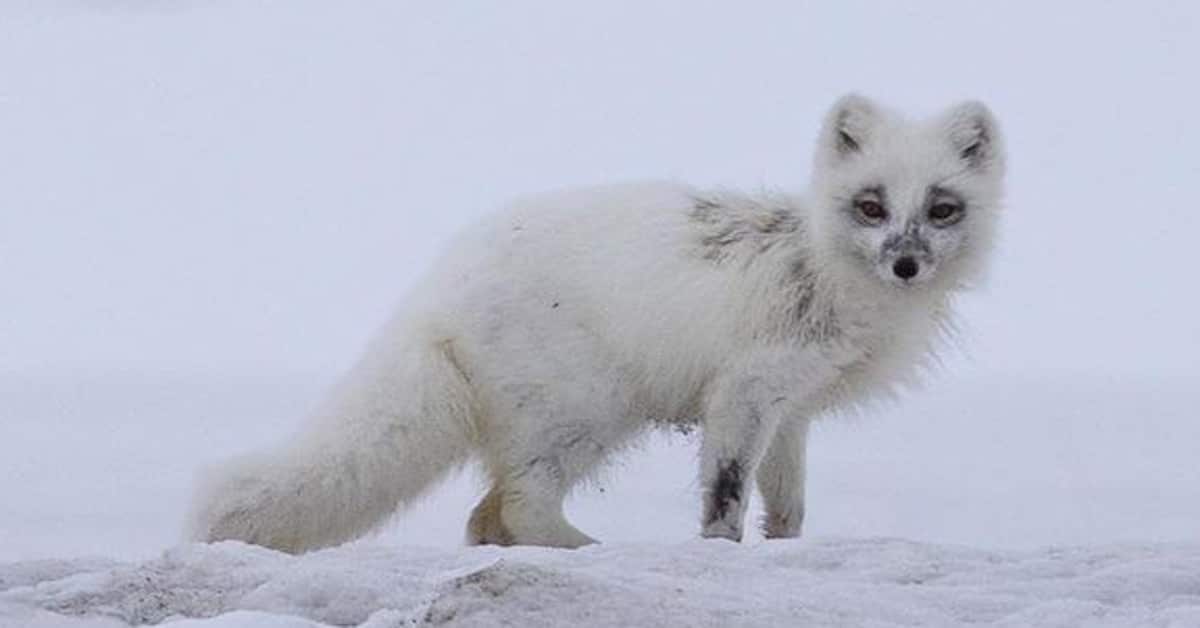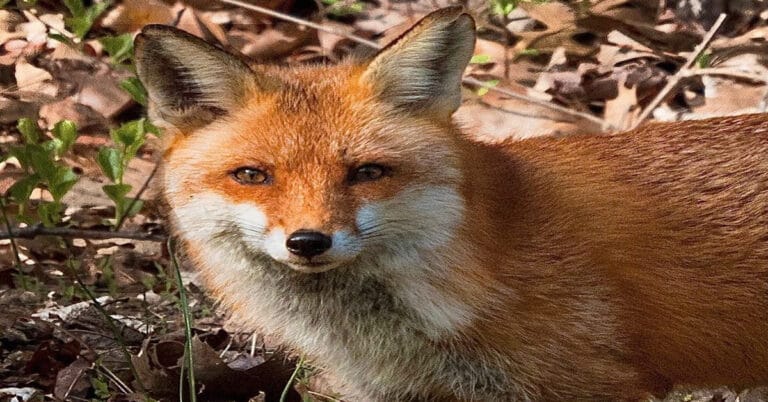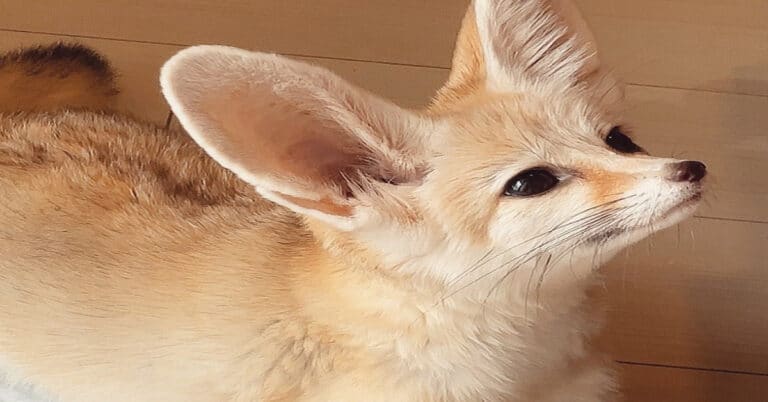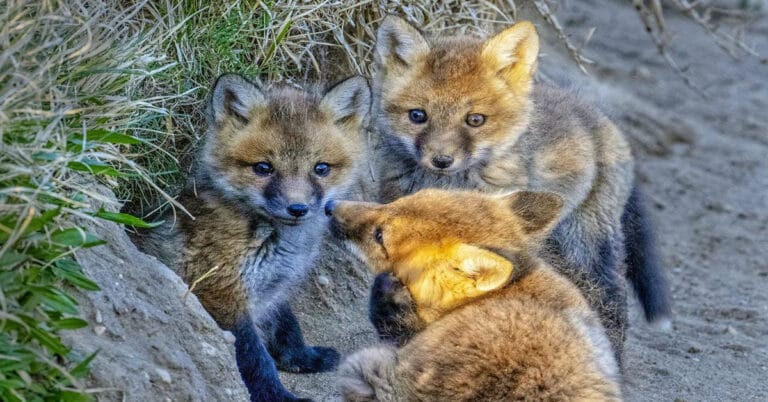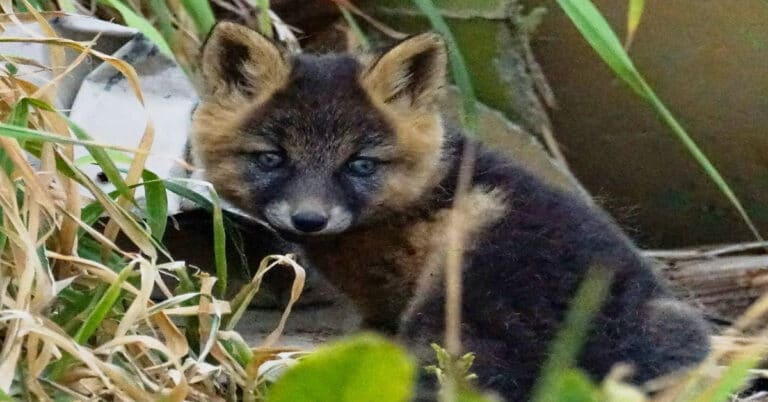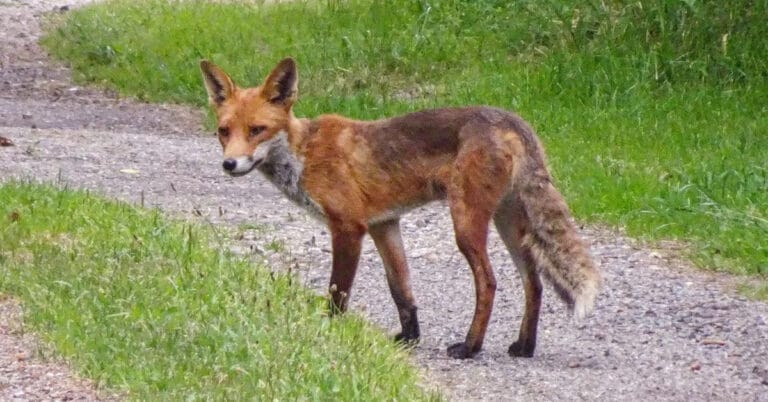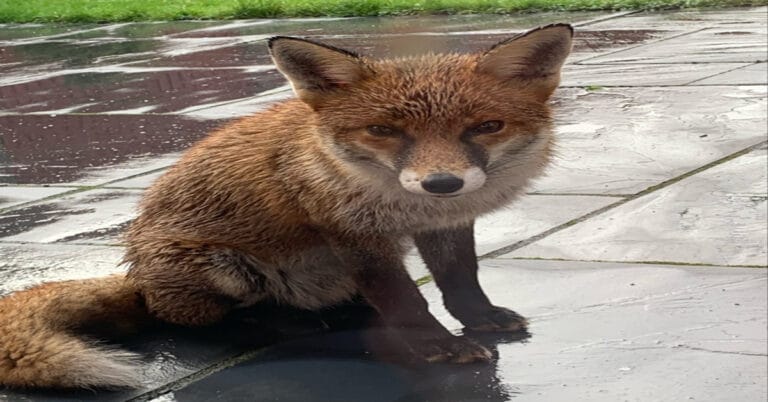Arctic Fox – Animal That Thrives In Extreme Environment
The Arctic fox is one of the most awe-inspiring creatures on earth. They are indeed worthy of recognition with their snow-white fur and incredible behavioral characteristics. Those polar foxes can withstand freezing temperatures and the strict climate of the North and manage to survive in a frigid environment.
Follow the article to find out why they are unique creatures and how they manage to live in such a rigid environment.
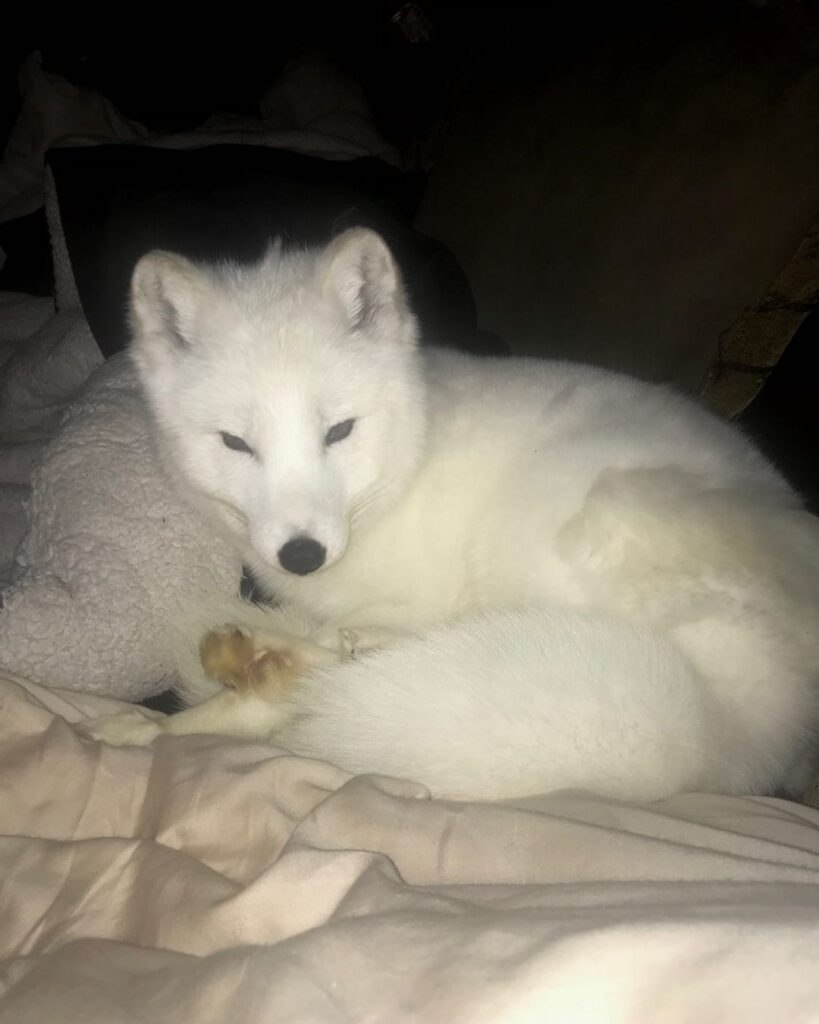
Living Habitat Of Arctic Fox
The Arctic fox is an omnivorous mammal that is characterized by a flattened skull, an upturned snout, and a fluffy tail. There are 23 fox species all around the world. The main habitat of the Arctic fox is the northern hemisphere. Specifically, they are very common in the Arctic tundra biome, Greenland, Iceland, and Fennoscandia. However, they have a circumpolar distribution and are present in Northern Europe, Northern America, and Northern Asia.
The Arctic fox is also often called Polar foxes or Snow foxes, and these nicknames come mainly from its living environment. Their habitat is one of the most frigid climate extremes on earth. They managed to adapt to the cold weather with the help of their multilayered fur. The insulation of their skin and fur is so strong that they do not start shivering until the temperature drops to 83 degrees Fahrenheit.
These Arctic animals became isolated from their living habitats at the end of the last ice age. According to the research, they must have walked across the frozen sea to get there. The fossils that are found today state that they were living in Europe and Siberia. Their fur coloration is mainly what determines their living environment. For example, white ones are found in the inland and snowy tundra areas. Blue morphs’ habitat is mainly the coast, which has cliffs and tundra. Their brownish color is best for blending in and hiding from predators.
Physical Characteristics
The Arctic fox belongs to the canid family. They are covered in fur from top to bottom; even their footpads are in fur. There are two main colors of Arctic fox: white and blue. Blue Allele has the domination overweight, however, the vast majority of the population has the white porch. They have distinctive seasonal camouflage, which helps them to survive and avoid predators. In the winter, they get white; in the summer, they get more of the bluish-gray color and have brownish-colored fur on the back.
The lungs of their body can be anywhere between 18 to 27 inches. They have a compact body shape and short legs. Their ears, in comparison to other species of fox, are shorter and thicker. Their body surface area is pretty low, which helps them to keep heat inside.
Arctic foxes have a pretty hard life, and the most critical stage is the first year. Only a few offspring manage to live in harsh weather and among countless predators. If they manage to survive, they can live up to 11 years. The ones that are in captivity can live up to 18 years.
Eating Habits
The Arctic fox may be called an omnivore because it eats berries and seaweed. The Arctic fox is a major bird-egg predator. When there are an abundance of food, the Arctic fox stores it as a reserve. However, their diet mainly consists of meat.
Their diet mainly includes the following:
- Lemmings
- Voles
- Waterfowl
- Smaller rodents
- Ringed seal pups
- Hares
- Seabirds
- Eggs
- Fish
- Carrion
- Insects
- Seaweed
- Berries
- Small invertebrates.
The Arctic fox scavenges on leftovers abandoned by bigger predators like wolves and polar bears. Lemmings are their most frequent prey in locations where they live. One family of arctic foxes can eat dozens of lemmings every day. A high seasonal quantity of migratory birds that nest in the region may be a significant food supply in several northern Canadian areas.
The Arctic fox also preys on ringed seal pups in April and May. This is the time when the ringed seals come out of the den and are still too young to protect themselves.
Even though they try to survive as much as they can, they still become prey to many predators. Mostly, the threats to them are polar bears, grizzly bears, wolverines, golden eagles, arctic wolves, and even red foxes.
Reproduction & Mating
In the spring, the Arctic fox’s focus shifts to breeding and finding a suitable habitat for their babies. They reside in enormous dens that stand slightly higher than the frost-free ground. Their dens have a very complex system, and with the help of ice, they manage to create a network of tunnels. This system can be as large as 11, 000 square feet. It sounds unbelievable, right? However, they do not start building new dens so often. The dens normally last for decades and are living spaces for generations.
Arctic foxes like dens that are easily accessible, have several entrances and are free of snow and ice, which makes burrowing easy. The Arctic fox constructs and picks or chooses the dens that face southerly toward the sun. This location helps them keep the den warm. Their burrows have a maze-like system. It helps the arctic foxes run and hide from predators faster. Usually, it is helpful when the red foxes appear in their habitats.
Natal dens are usually placed in difficult terrain, which creates a safe environment for the babies that are still vulnerable. However, in order to escape predators, the parents will move the litter to neighbor dens. Arctic foxes also use the dens that were abandoned by red foxes. Having a safe and good shelter for their offspring is the highest priority for those arctic animals. Mainly, the number of babies that are born is dependent on the food supply in the area.
As we already mentioned above, their main food source is lemmings. It is so predominant in their diet that the arctic fox is often referred to as the “Lemming fox”. So, as strange as it may sound, lemming population density affects the reproduction rate of foxes. When there is a large amount of prey in the area, the foxes can give birth to up to 18 pups. However, if their food source is limited, they will produce a lower number of offspring, which can go up to a maximum of 5 pups in a year.
Breeding typically occurs in April and May, with a gestation period of 52 days. Litters can comprise up to 25 animals. Arctic foxes are considered to have the largest litter in the carnival family. When the young are 3 to 4 weeks old, they emerge from the den and are weaned by 9 weeks.
Arctic foxes are considered to be mainly monogamous animals. They have a pretty unique social system. When the threat is high in the area, they live in large packs. Even if most of the members may not breed, they protect the area together, which increases the survival of offspring. When the predators are low in number, the pack includes a lower number of foxes because there is no need for that much protection.
How Do Arctic Foxes Survive In Extreme Cold Weather?
The extreme living conditions make the Arctic fox a pretty hardy animal. They have adapted to the frost and lower temperatures and can withstand longer starvation periods.
The Arctic fox contains advantageous genes to overcome extreme cold and starvation periods. In the winter, their metabolism slows, allowing them to store fat and use less energy. The Arctic fox is active all year round and it does not hibernate as many other mammals do. They only reduce locomotor activity in the autumn to reserve the fat.
However, they have the greatest amount of heat loss from the nose, ears, legs, and feet. It is a way for them to cool down in the summer. They use the nose for evaporation and to cool down. This trait is similar to dogs.
Usually, they maintain the temperature balance in their legs. They have a tissue in their feet that helps them to stand on the frozen surface and move around without losing mobility. The temperature that is in the paws is different from the core body temperature and is independent of it. The changes in body temperature do not affect the feet and vice versa.
To prevent heat loss, they usually curl the legs up and tuck them under the body. By doing so, they expose the smaller surface area of their body to the outer environment and protect the areas that have lower insulation.
Interesting Facts About The Arctic Fox
- The fur color of the Arctic fox changes seasonally to blend in with the environment.
- Arctic foxes are opportunistic eaters and can eat almost anything.
- In most cases, female and male arctic foxes mate for life and are monogamous.
- In summer, they hide extra food for winter.
- Babies follow a male arctic fox to learn how to hunt.
- Arctic foxes are the size of large house cats.
- Sometimes, to defend themselves from predators, arctic foxes play dead.
Bottom Line
Even though they are assessed to be of the least concern according to the IUCN Red List, their population decreases rapidly. The Arctic fox is one of the most extremely hardy animals in the world. Not only are they very beautiful, but they can also live in an environment where survival is hard to imagine.

Nato is a content writer and researcher with a background in psychology who’s eager to explore the wonders of nature. As a travel enthusiast and animal lover, she hopes to inspire others to discover and cherish the beauty and importance of the natural world.

